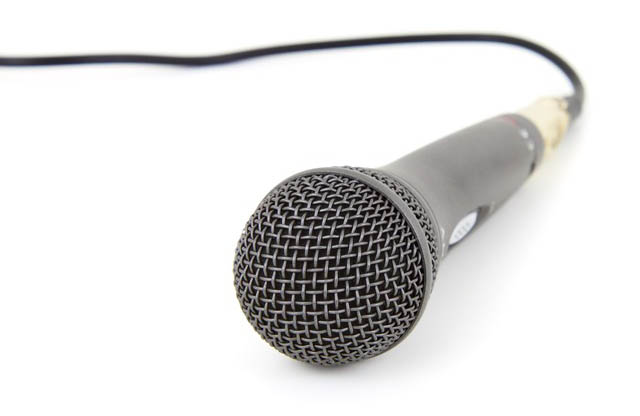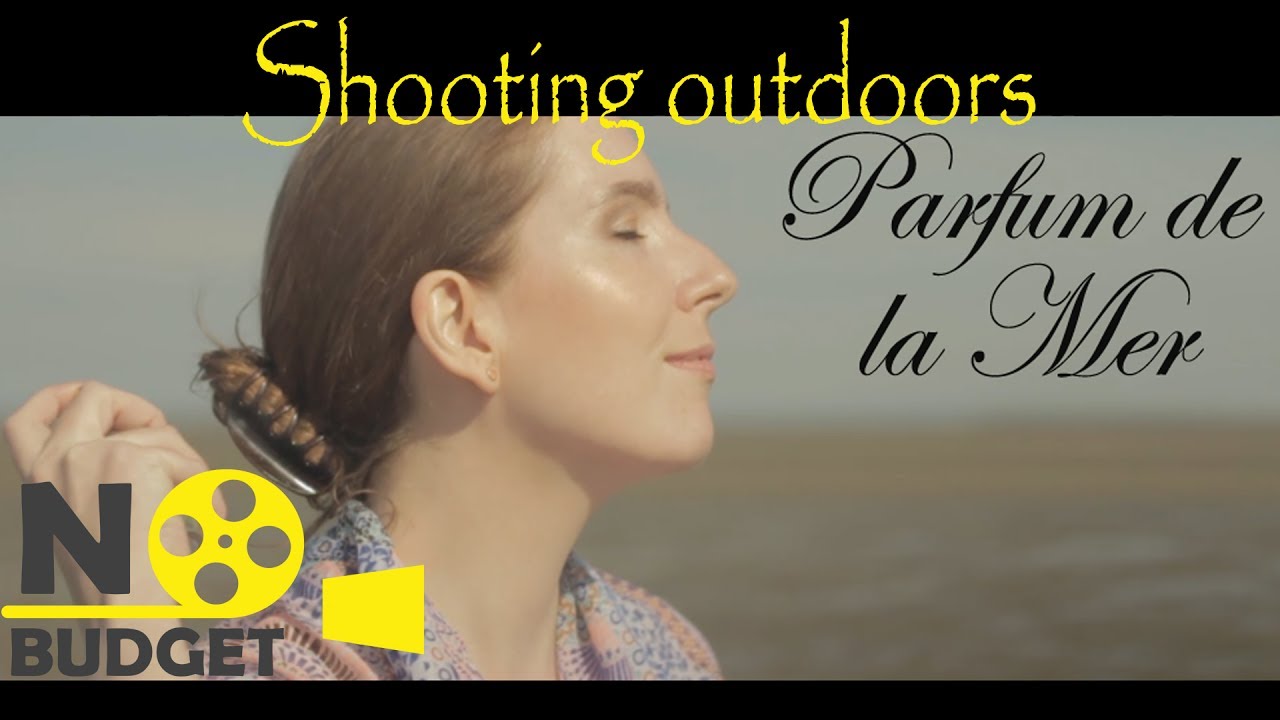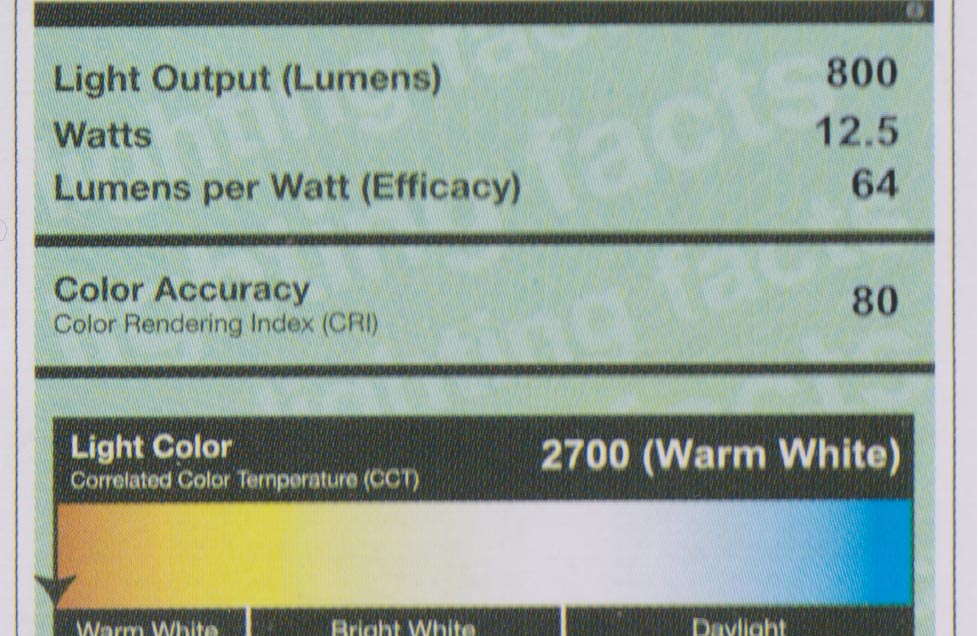Who Are all The People in the Credits
You know that part of a movie where it is over but you are sitting and waiting for the after credits scene to start? As you are sitting there have you ever read the titles and wonder who are all the people in the credits and what do they do?
The jobs might vary a bit from film to film, or for lower budget films the roles might be combined. So, here are the people in the credits and what they do.
Production Team
- Producer – This is the person who is ultimately responsible for making sure a film gets made. They will work with the writer on selecting the script, hiring, raising money and distribution. The producer is the one who champions the film from beginning to the end.
- Co-Producer – Shares producer responsibilities with other producers. For example, one producer might focus on the finances of the film while the other focuses on the creative aspects.
- Executive producer – This is the money person. They will usually secure at least 25% of the financing, which is why you will often see multiple listed in the credits. They are also often responsible for watching over the production to make sure the movie is within budget and being made the way the studio wants. Or, the title may be given as a symbolic gesture to someone associated with the film. Therefore, you will often see big names such as Steven Spielberg or J.J. Abrams listed even though they had nothing to do with the actual making of the film.
- Associate Producer – Similar to the producer this person manages the creative of business aspects of the production. The associate producer will often work more closely with the executive producer.
- Assistant Producer – Works on tasks assigned by the producers.
- Line Producer – Responsible for overseeing the budget and day-to-day activities during filming. The line producer will usually handle any issues that arise during the production and make sure finances are being spent accordingly to budget during the shoot.
- Unite Production Manager or Production Manager – overseas the day-to-day operations of the film.
- Production Office Coordinator – Handles details of the production staff. This is the person who coordinates the production team.
- Assistant Production Office Coordinator – Assists the production office coordinator.
- Associate Producers – Given at discretion of the producer. This will often show as producers as well. More or less what you bribe people with if you need something from them for the film.
- Production Assistance or Set Production Assistant – do a lot of the work the others don’t want to do. Provide transportation and get coffee for example.
- Post Production Supervisor – After everything is shot the post production assistant works with editors, sound, producers, etcetera to make sure communications between the departments is flowing smoothly.
- Accountants – They make sure everyone gets paid including residuals.
- Location manager – Finds and negotiates for locations, permits, etc
- Assistant Location Managers – Assists the location manager
- Unit Publicist – Help generate publicity during the filming process.
- Transportation Coordinator – Makes sure people get to where they need to be and on time.
Writers
There are numerous rules by the Writer’s Guild on who gets credit for what and I will not go into them here. Let’s say the person listed as the writer might be the primary contributor to the script or might not.
- Screenwriter – The person who gets credit for writing the script.
- Story by – Plot characters and theme.
- Screenplay by – Usually the screenwriter but might also be the person who wrote what the screenwriter and story by came up with.
- Written by – Usually when you have multiple people who contributed to writing the script.
Casting
- Casting Director – Finds the talent and holds auditions. Casting directors work with the director and producer to cast the film.
- Casting associate – Works for the casting director.
- Background Casting – Find the extras and background people for the film.
Directing
- Director – this is the person who gets most of the credit for a film they manage all artist aspects of the film. The director works closely with the producer to achieve the final product.
- 1st AD – Responsible for running the set day-to-day operations and keeping things on schedule.
- 2nd AD – Handles the background actors and direction.
- Second Unit Directors – Will have the same roles as the first unit but will be responsible for getting the secondary shots such as establishing shots, crowds, and most anything not involving the primary actors.
- Continuity supervisors or Script Supervisor – Makes sure that things that need to look the same look the same
- Choreographer – Person responsible for planning and directing intricate movement sequences, like complex action sequences and dancing.
On Screen Talent
- Actors – Usually listed by importance or star level, and sometimes will also be listed in alphabetical order. These are the on-screen performers.
- Background actors and extras – these are people who fill the scene such as background. Some can get upgraded to day performer if they provide some dialog or do something that involve an interaction .
- Body Double – Body doubles might be used when a performer doesn’t want a body part shown. For example, if there is a butt shot, a body double with a nice ass might be used instead of the actor or actress.
Cinematography
- Director of photography (DOP) – Crafts the look of the film. Will sometimes also operate the camera .
- Camera Operator – Works the camera.
- 1st Assistant Cameras or Focus Puller– pulls the focus and assists the camera operator.
- 2nd Assistant camera assists the first. Also, does the clapper and fills out the camera report.
- Camera or Film Loader – The Film loader is reasonable for loading and removing film, If the film is using film. They will also sometimes manage the clapperboard.
- Digital Imaging Technicians – this is the modern equivalent of the film loader makes sure all footage is downloaded and backed up.
- Steady Camera Operation – Operates the Steadicam.
- Motion Control Technician – Controls the dollies.
- Note: If shooting multiple cameras these roles will be duplicated and labelled as camera A, B, etc.
- On Set Photographer – Behind the scenes photographs usually for promotional purposes.
- Continuity Photographer – Responsible for photographing each setup so that props or set pieces are in the same location from shot to shot.
- On set videographer – Documents behind the scenes, similar to the onset photographer.
- Intern or Unpaid Assistant – This is that person fresh out of school or looking to get some work experience. This usually involved getting coffee for people or any other tasks that are asked, such as moving things around or cleaning up.
Sound Department
- Supervising sound designer – Handles all the sounds we hear on in the film.
- Production sound mixer – Captures the location sound, mixing it for accuracy.
- Boom operator – The boom operator handles the extension of the book that holds a microphone to capture the sound.
- Utilities Sound tech – Runs cables and stuff.
- Sound Editor – Post-production person who is responsible for assembling the sound edit.
- Dialogue Edit – cleans up dialog.
- ADR editor – Replaces dialog if needed.
- Foley Artist or Mixer – sound FX.
- Music Supervisor – Supervises the music people.
- Music Editor – Get the music sounding great.
- Composer – Composes the instrumental music that gets played to enhance the mood of the scene.
- Musicians and Orchestra – Scores the film
- Recording Engineering – Do the technical stuff.
- Sound mixers – More technical stuff.
Lighting Department
- Gaffer (aka lighting designer) – head of lighting dep. Works with DOP
- Best boy electric – handles day-to-day management of lighting crew. And inventory
- Lighting tech – setup and operating lights
Grips
- Key grip – head of grip dep
- GRIP – non-electrical components of lighting
- Best boy grip – handles day to day
Art Department
- Art Director – Overseas the art directors, set designers graphic artists and illustrators
- Production designer – works with the director and DOP to figured out the look of the set and costumes
- Storyboard Artist – Creates storyboards that can be used for film production.
- Background Artist – Designs and constructs the backgrounds used on the setup.
- Set Designer – Designs the sets for the film.
- Set Decorator – Decorates the set.
- Assistant Set Decorator – Helps the set director
- Set Dressers – Puts stuff on the set where it goes.
- Buyers – Finds all the stuff that decorates the set.
- Greensman – handles plants.
Construction Department
- Construction Coordinator – Heads the construction department.
- Head Carpenter – Responsible for building the sets.
- Gang of Carpenters and Labours – Do the actual work.
- Painters – Paints the sets
Stunt Team
- Stunt Coordinator – Coordinates all the movements for the stunts
- Fight Coordinator – Works out the fight sequences.
- Stunt Performers – Performs all the stuff that makes the actors look cool.
- Medics – Takes care of people when they get hurt.
Costumes, Hair, and Makeup
- Costume Designer – Design the costumes
- Assistant Costume Designer – Helps the costume designer
- Costume Supervisor – Supervises the costume people.
- Key MUA (Makeup Department Head)
- Makeup Artists – Paints the faces
- Hair – Does the hair
- SFX makeup (Makeup Effects Artists) – Does the cool makeup
Effects Department
- Practical Effects Team – Handles the onset non-CGI effects.
- Special Effects Supervisor – Supervises the special effects.
- Gang boss – overseers techs
- Pyrotechnicians – Makes things go boom!
- Sculptors – Builds sculptures used for effects
- Model builders – Builds models
- Props Master – Makes sure props are where they need to be and maintained.
- Weapons Master – Makes sure weapons are safe and used properly.
- Visual Effects Producer – Produces the effects.
- Visual Effects Editor – Adds the effects into the edit.
- Creative Director – In charge of effects
- Digital Artist – Creates CGI effects
- Animators – Animates CGI
Craft and Catering
- Craft services – snacks, coffee, throughout the day
- Catering – scheduled meals
Editorial
- Editor – Does the hard job of putting all the footage into a movie.
- Asset editors – Helps the editor.
- Colourists – Works with the director and DOP to give the film its look.
Note:
This is where those millions go on a big budget film. I’ve only been on a few big budget film sets so, if I have misrepresented a roll or put it in the wrong department, leave a comment below and I will correct it.
Related Posts
Leave a Reply Cancel reply
This site uses Akismet to reduce spam. Learn how your comment data is processed.





